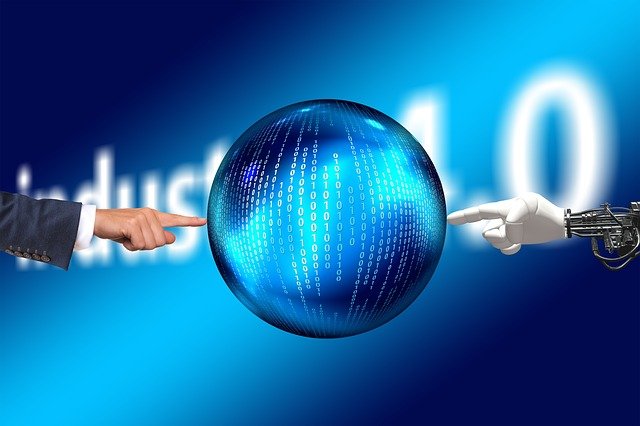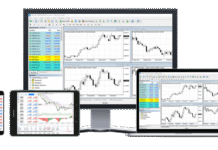The Internet of Things has resulted in some amazing connected devices, and some that are less than logical, like smart toasters and fitness collars for dogs. Defined the most simply, the Internet of Things is everything connected to the internet.
However, expand on that slightly, and the Internet of Things (IoT) is about devices that talk to each other. Broken into three components, IoT is made up of devices, data, and networks.
Devices
Devices that are part of the IoT include things like simple sensors, smart phones, wearables, and more. The industry itself is about combining these connected devices with automated systems to gather data, analyze it, and cause an action.
Therefore, any device that gathers data that could potentially be used to cause an action or the device that is connected and receives the data to perform the action is a part of the internet of things. In your home, this means everything from smart thermostats to smart lighting systems.
On a larger scale in factories and other production environments, this can include many devices that are designed to perform a certain action or the sensors that provide the data they need to perform those actions. An example would be a simple robotic arm that screws a screw into a certain hole in each piece that comes by. It must know where to put the screw in, how tight to make it, and must be able to “sense” if the piece it is working on is oriented properly. There may be even more factors involved in this operation.
The devices involved include not only the arm, but local sensors that surround it, and remote computers that send general commands.
You get the idea. From connected Jeeps and other vehicles to smart mirrors to factory equipment, devices both provide the IoT with data and perform actions based on that data.
It’s estimated by 2020, more than half of new businesses will run on the IoT.
Data
When talking about devices, we touched on data. Data is the information needed for the IoT to work. Essentially data is the fuel for the IoT, specifically what is known as Big Data.
Big Data is a general term for large amounts of complex information that takes tremendous computing power to process. This data is what informs devices in the IoT on what action to take. For example, in the factory the data the robotic arm receives is to screw in a screw to a certain location. These are general instructions.
However, the arm is also programmed, and other sensors allow it to see if the piece it is working on is oriented properly. If it is not, it must decide what action to take. Is this a condition for which it needs to stop doing its job, and instead send an alert that something is wrong?
The data causes an action, but it also allows for if-then scenarios in which devices can make choices.
The key to this data as a fuel for the IoT is that the devices that are a part of the IoT produce much of the data that is used to fuel it. So it is a self-fueling system for the most part.
Once the initial instructions for a device are set up, it is then possible for it to make choices based on the available data. As artificial intelligence and machine learning improves, a human touch is not needed to improve processes. Instead the IoT starts to learn from itself, and continues to create efficiencies.
For instance, a smart lighting systems with motion, occupancy, and proximity sensors turns on lights as a person enters the room. The proximity sensor teaches it that whenever a person enters the room, they usually sit in the same area, a chair in the corner. Since the central control also knows the wattage and energy use of each bulb, and each can be dimmed individually, it can learn to dim all but the lights in the area where the person is sitting.
Not only is this a way to save energy, but it shows that the human did not teach the machine this technique. It taught itself through gathering a few simple pieces of data.
Networks
This brings us to the final piece of the puzzle. You can’t talk about the IoT without talking about how vital networks are, both internal and internet. The reason is simple: the data in the IoT must be mobile.
So, when it comes to networks, what is IoT? That is a question that is both simple and complex in nature. On the simple side, a network is any system for transferring data from one part of the IoT to another part anytime and anywhere. This data also needs to be moved securely and without data loss.
This creates unique challenges for companies, but networks and systems continue to improve, making the IoT at scale a more viable proposition. Even Intel has gotten involved, releasing software that speeds and automates the process of provisioning and authentication.
The IoT is essentially made up of three things: devices, data, and the networks that data is transmitted on. Working together with automated devices, these pieces cause actions of some sort.
Whether that is your smartwatch telling you to stand or smart lights dimming automatically, that action can be simple or complex. The future and the IoT are here, and they are not only what’s next in business, but in our homes, cars, and even the stores we shop in.




